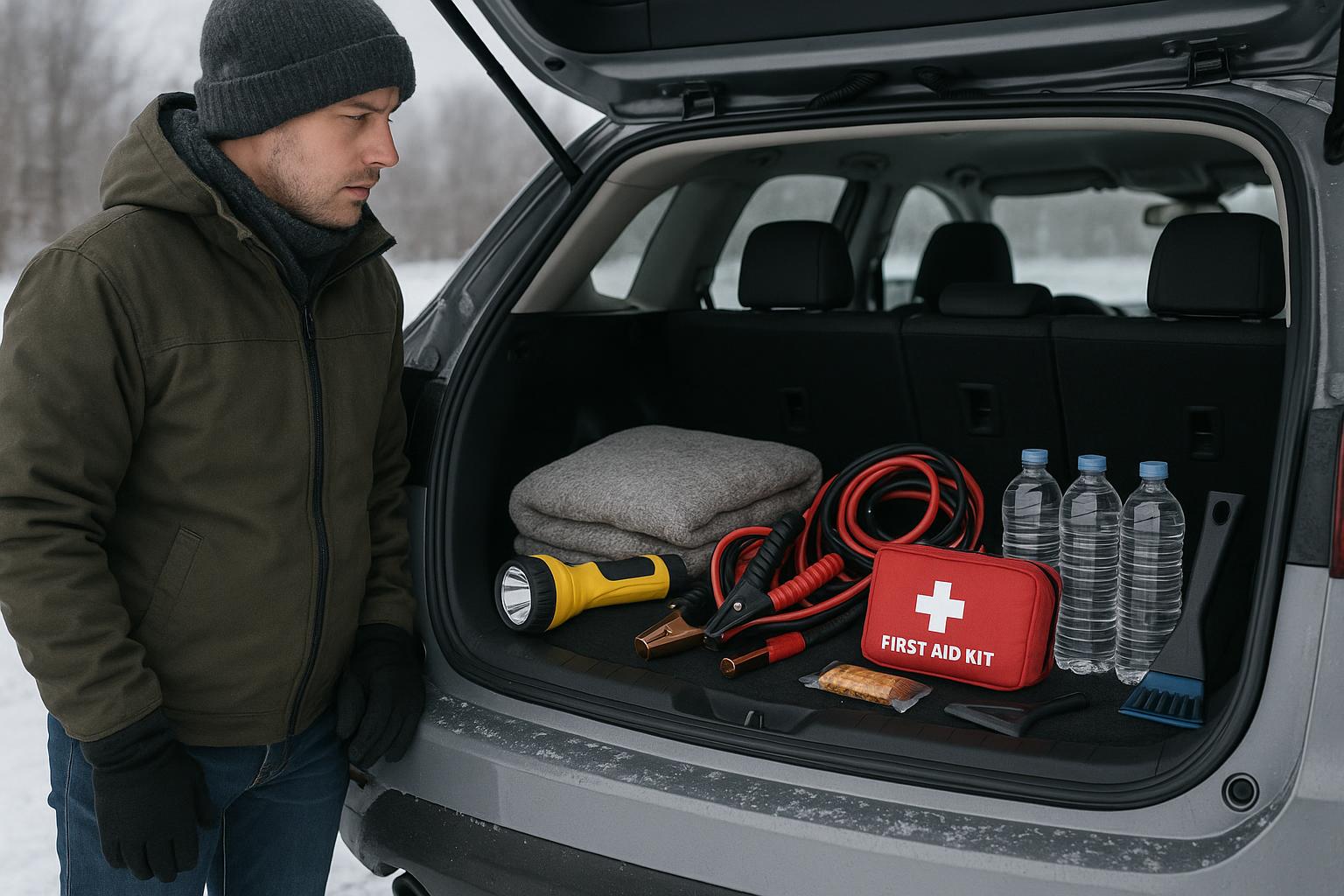Sometimes work can be a big, bulky, and heavy job. For instance, did you know that a 55-gallon steel drum can weigh over 2,000 pounds? They typically weigh between 400 and 800 pounds, which is still a hefty load.
While carrying or transporting a steel drum, the content inside can shift; this makes it hard to control. In fact, mishandling a steel drum can pose serious injury, can damage the drum itself, and can contaminate the environment if the contents spill.
The most common injuries include a strained back, foot injuries, and crushed fingers and hands.
Follow these steel drum safety recommendations to avoid injuries while working with steel drums:
- Move steel drums with the proper equipment such as drum trucks, forklift attachments, and below-hook drum lifters.
- Exercise caution when handling steel drums with contents that are hazardous or flammable. Refer to Safety Data Sheets (SDS) for handling procedures.
- Wear the appropriate protective clothing such as gloves, steel-toed shoes, and eye protection.
- Make sure you have adequate lighting and enough space to safely handle the steel drum.
- Watch out for slippery floors, tripping hazards, and sloping passageways.
- Use a below-hook drum lifter to hoist or crane to palletize drums.
- Use a drum racker to rack steel drums. If you are going to store them on their side, cradle them with a drum rack.
- Use a drum handler to hold the steel drum in place when lifting and pouring contents.
- When moving an empty drum, support it with your thigh and face as you move. Then, roll the drum onto the lower rim by rotating the upper rim.
- To lift an empty drum, squat down and grab it, and then straighten your legs back up. Never bend down with your back.
- Wear gloves when rolling an empty drum on its side. Also, never roll a drum out of a truck or around a blind corner.



